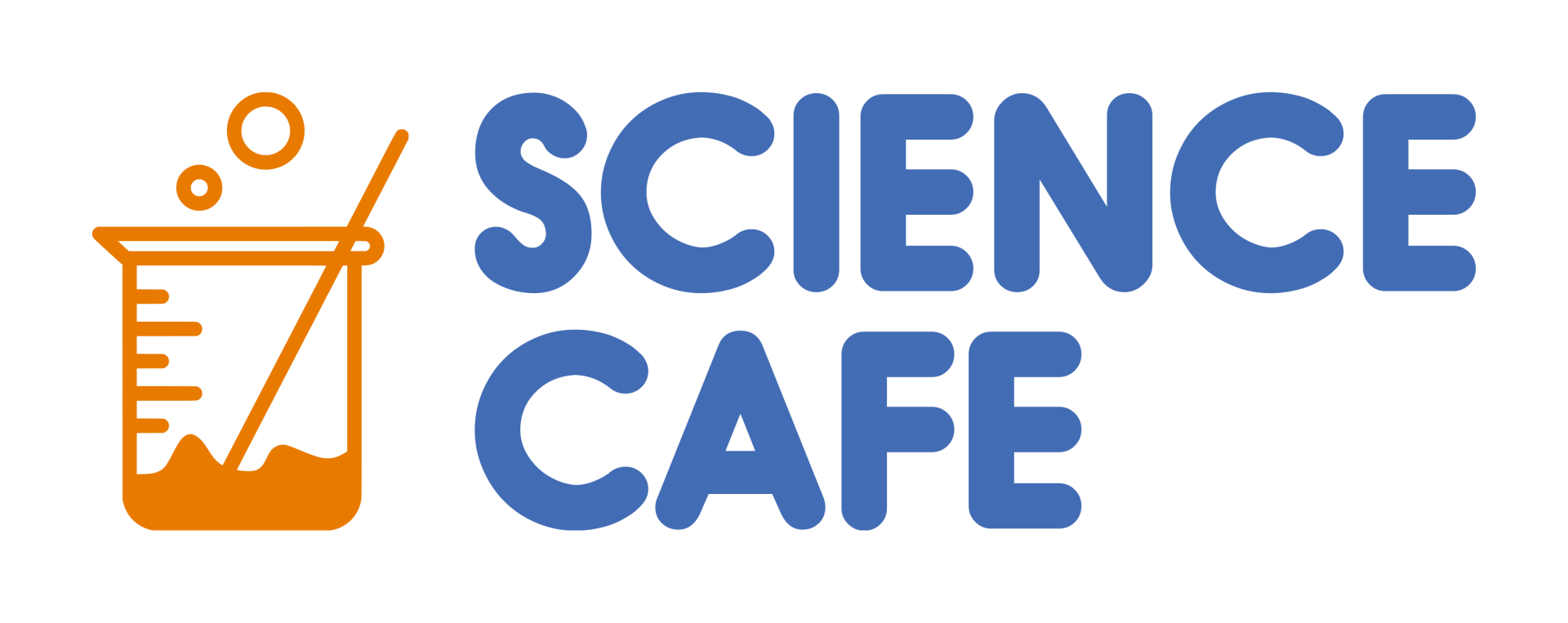States of Matter: Solid, Liquid and Gas
• In solids, there are strong intermolecular forces. The particles are arranged in a fixed position in a lattice. Solids keep a definite shape, and the particles vibrate about their fixed positions.
• In a liquid there is a weak intermolecular force, they are randomly arranged. They will take the shape of the bottom of the container they are in and flow.
• In gases the intermolecular forces are very weak, the particle has random motion and are free to move far apart. They don’t keep a shape and will fill the container.
Limitations of the Particle Model
• In a liquid there is a weak intermolecular force, they are randomly arranged. They will take the shape of the bottom of the container they are in and flow.
• In gases the intermolecular forces are very weak, the particle has random motion and are free to move far apart. They don’t keep a shape and will fill the container.
Limitations of the Particle Model
This is only a model to demonstrate the nature of particles. It isn’t always correct that the solid form is denser than the liquid form. Look at the ice in a drink; it floats on the water meaning ice is less dense than liquid water.
There are some limitations to the particle model. For example, we don’t know how strong the forces are as this model doesn’t show the forces between the particles.
There are some limitations to the particle model. For example, we don’t know how strong the forces are as this model doesn’t show the forces between the particles.
Find out about our referral program!
Courses
\Learnworlds\Codeneurons\Pages\ZoneRenderers\CourseCards

